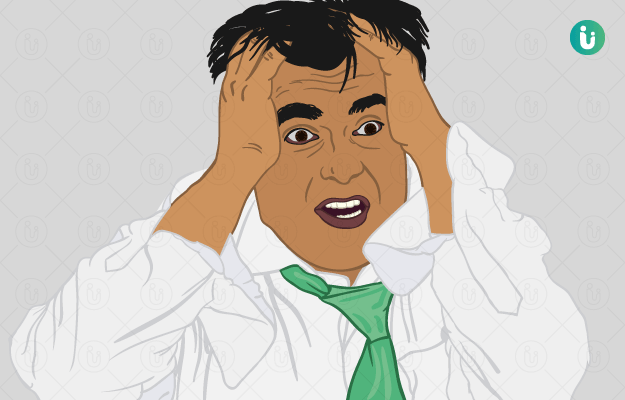What is Panic Attack and Disorder?
Panic attack and disorder is a type of anxiety disorder, which is accompanied by intense feelings of fear and terror in reaction to a particular object, person or situation. While experiencing a panic attack, the individual may feel as if they are losing control over their own reactions and emotions. An episode of intense panic is known as a panic attack, but when an individual experiences panic attacks for a prolonged period of time, it is clinically termed as a panic disorder.
What are its main signs and symptoms?
During a panic attack, the individual experiences psychological symptoms like:
- Extreme nervousness
- Extreme fear
- Stress and anxiety
- Wanting to be left alone and avoiding being touched
The panic attack is usually accompanied by physical symptoms like:
- Rapid heartbeat (Read more: Tachycardia causes and treatment)
- Chest pain
- Difficulty in breathing
- Excessive sweating
- Dizziness
- Weakness
- Stomach pain
What are its main causes?
A panic disorder is a result of extreme levels of stress. However, this is a psychological condition that needs medical attention. The reactions to a particular level of stress may vary from person to person. Usually, panic disorders develop over time when the person experiences extreme anxiety or stress for a prolonged period of time.
In most individuals, there is usually a particular stimulus or trigger which sets off a panic attack. For example, in some individuals, the cause of a panic attack may be a crowded surrounding. The causes of panic attack vary and tend to be connected to the loss of a loved one, threatened harm to self or a loved one, major financial loss, etc.
However, a panic attack may occur without warning too.
How is it diagnosed and treated?
The disorder is clinically diagnosed by a mental health care professional, most often a psychiatrist or psychologist. The approach to dealing with panic disorders is mostly targeted at enabling the individual to control their symptoms by performing relaxation exercises and breathing exercises. In order to release mental stress, professional counselling and cognitive behavioural therapy may also be done.
Medication may be needed in severe cases. Anti-anxiety medications are commonly prescribed in such cases.
It is essential to know that a panic disorder is not a life-threatening condition, but can impact one’s self-esteem and confidence. The symptoms are manageable and panic disorders can be dealt with effectively with timely assistance and awareness of the symptoms.

 Doctors for Panic Attack and Disorder
Doctors for Panic Attack and Disorder  OTC Medicines for Panic Attack and Disorder
OTC Medicines for Panic Attack and Disorder



















